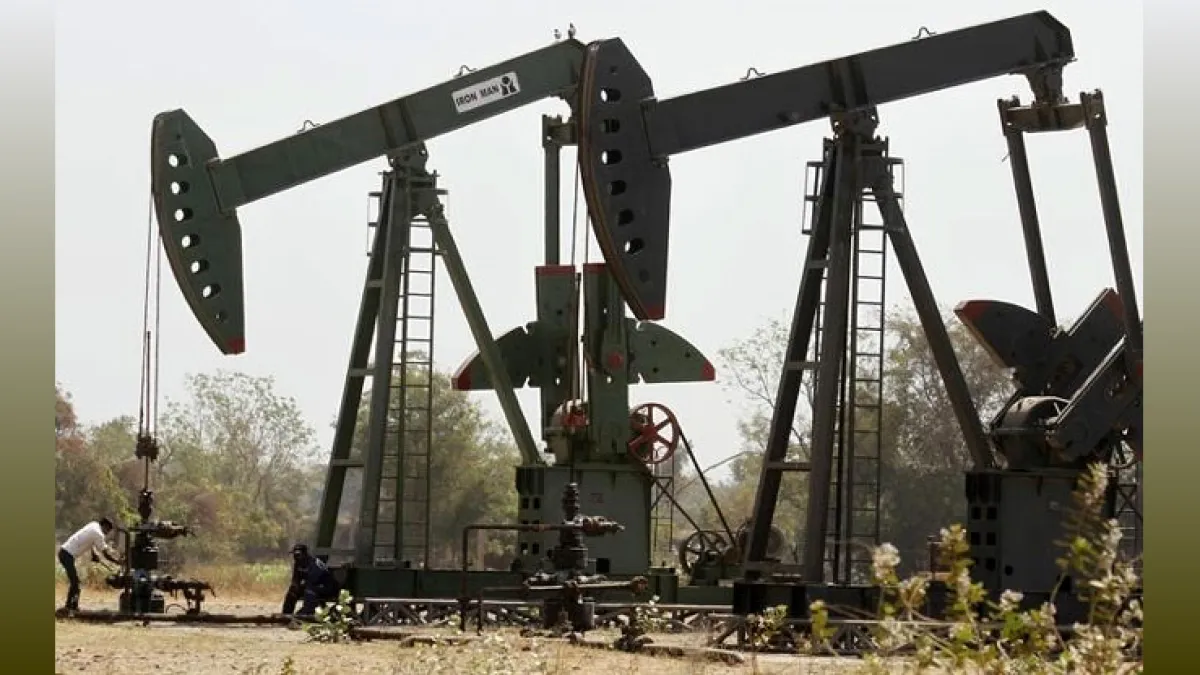Oil & Gas
INDIA OPENS LARGEST OIL & GAS BID ROUND: 25 BLOCKS ON OFFER.
JUMA SULEIMAN

India has launched its largest oil and gas bid round under the Open Acreage Licensing Policy (OALP), offering 25 blocks covering 1.91 lakh square kilometers, mostly in offshore areas. The bid round, OALP-X, was inaugurated by Petroleum Minister Hardeep Singh Puri at the India Energy Week (IEW) in New Delhi. This initiative is part of the government's strategy to enhance domestic production, reduce reliance on imports, and strengthen energy security. The blocks span across 13 sedimentary basins, with 13 of them located in offshore regions. Prior to this, the nine previous bid rounds under OALP had already put up 3.78 lakh square kilometers for exploration and production.
The last bid round, OALP-IX, was previously the largest, featuring 28 blocks covering 1.36 lakh square kilometers. The round saw participation from four major bidders, including state-owned Oil and Natural Gas Corporation (ONGC), Oil India Ltd, and private sector Vedanta Ltd. Notably, Reliance Industries Ltd and its partner BP Plc participated for the first time alongside ONGC to bid for a block in the Gujarat offshore region. Despite the competitive bidding process, most blocks in OALP-IX received only two bids. The government has yet to award the blocks from this round to the winning firms.
In OALP-IX, ONGC demonstrated a strong presence by bidding for 14 blocks independently and for an additional five blocks in collaboration with Oil India Ltd, Indian Oil Corporation, and Reliance-BP. Vedanta Ltd, owned by mining billionaire Anil Agarwal, aggressively pursued all 28 blocks available in the round. Sun Petrochemicals Ltd also joined the competition, bidding for seven blocks. The allocation of blocks is determined by the firms' commitment to revenue sharing and work programs aimed at boosting oil and gas exploration. The OALP-IX round included a mix of onshore, shallow-water, and ultra-deepwater blocks, reinforcing the government's push for diverse energy exploration.
The OALP was introduced in 2017 to encourage oil and gas firms to invest in India’s upstream sector by offering marketing and pricing freedom under a revenue-sharing model, along with reduced royalty rates. The policy allows companies to identify and propose areas for bidding, giving them a competitive advantage. Reliance and BP, long-time partners in the KG deepsea block, continue to play a key role in India's natural gas production. With India's oil import bill standing at USD 222 billion, the government aims to increase domestic production by opening up more exploration acreage. The success of OALP-X will be crucial in determining the future of India’s energy self-sufficiency and reducing its dependency on foreign oil and gas.
